Marking the spot of Buddha’s enlightenment, Bodhgaya is greatly revered by Buddhists, especially for the bodhi tree beneath which the Master sat in Meditation. After the death of Buddha, Bodhgaya flourished as an important religious center and numerous shrines, stupas and monasteries were erected. The site continued to attract pilgrims and was only abandoned in the 15th century.
The Revival of interest in Bodhgaya began in 1802, when the Burmese sent a mission there. It soon attracted the attention of British administrators as well. Francis Buchanan-Hamilton visited the site in 1811, and published a report in 1836. Alexander Cunningham first visited the site in 1811, and published a report in 1836. Alexander Cunningham first visited the site in 861, and recommended that excavations be conducted. These were undertaken my major Mead in 1863, but no report was published, Cunningham returned to Bodhgaya in 1871, and then published a comprehensive report. Between 1875 and 1880, the British government in co-operation with the Burmese mission, began to repair the site thoroughly.
The remains of Bodhgaya date from as early as the Maurya and Shunga eras, as wells as from later Gupta and Pala periods. The site is dominated by the soaring tower of the Mahabodhi temple, which is built in front of the Bodhi tree. The temple is one of the important monuments of ancient India and has been frought with controversy, since the late 19th century, when restorations gave it its present form. Built over earlier temple, it stands on the site of the Buddha’s enlightenment and is the sole survivor of monumental brick traditions in eastern India. The temple is surrounded by a stone railing and innumerable votive stupas and several shrines.
Present work first published in 1892, is a detailed report of Alexander Cunningham’s visit to the temple in 1881, and describes in detail the important discoveries by him.

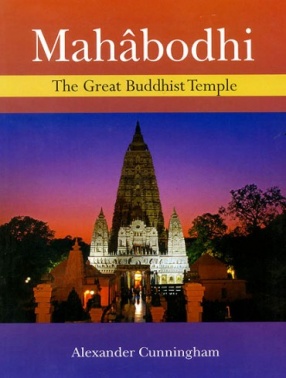
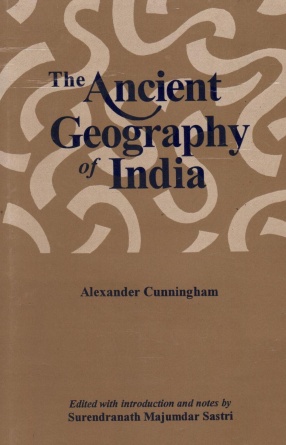
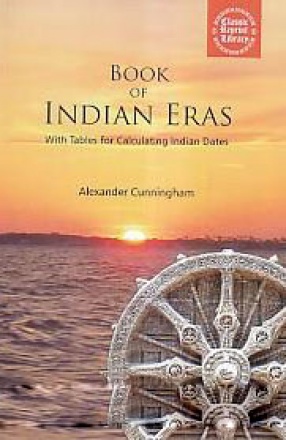
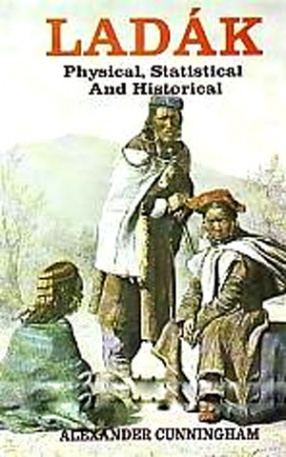

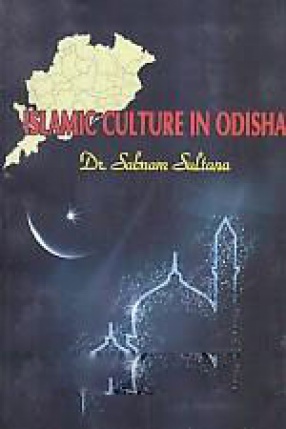
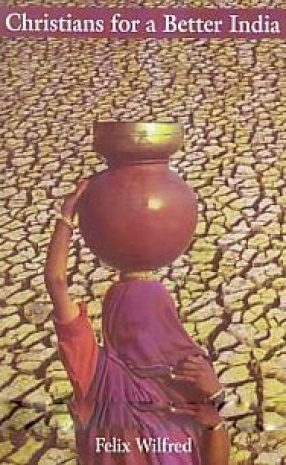
There are no reviews yet.